Earlier, eCommerce was just a simple online medium of sales and purchases. However, today, the customer expectations from eCommerce have changed to a major extent. Optimization of eCommerce supply chains has become crucial. The internet has brought together billions of buyers and millions of sellers together in an interconnected web. There is a saturation of sellers on online platforms like Amazon and competition is fierce. Hence, excellence in fulfilment is key.
Designing Fulfillment Operations for Effective E-commerce
E-commerce demands put extraordinary pressure on fulfillment and distribution operations. Take time to design a supply chain solution that can deliver:
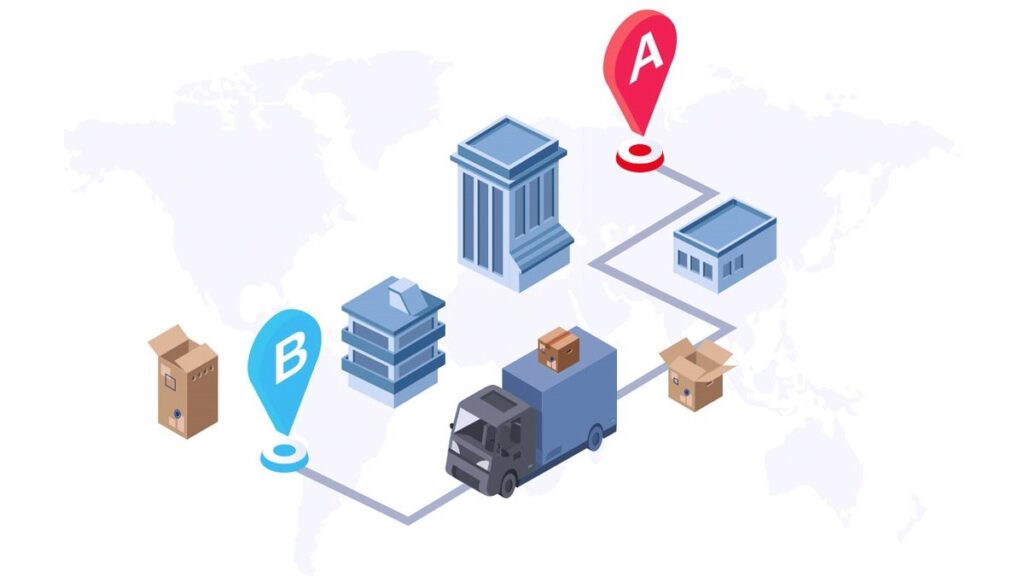
VISIBILITY
With data in high demand, you need a real-time view of your entire e-commerce supply chain – distribution facilities, drop-ship vendors, in-transit shipments, available to promise, etc.
SPEED
While most consumers are not yet demanding next-day deliveries, their desired delivery window is definitely shrinking. Make it a priority to reduce order processing and transit times.
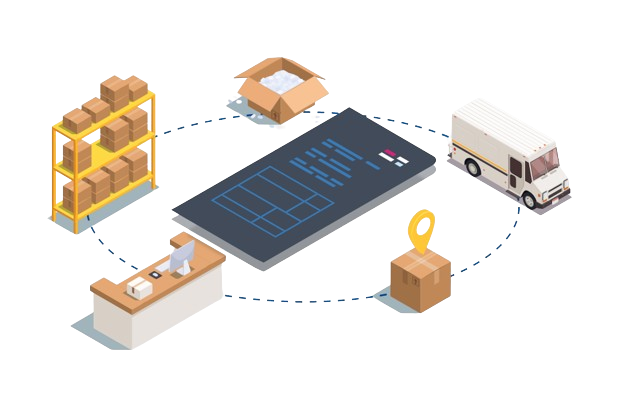

COST CONTROL
Rising parcel shipping costs are a challenge for e-commerce merchants of all sizes. Look for ways to balance delivery speed and cost, especially if you want to offer free shipping.
SEAMLESS SERVICE
Your customers expect the same experience on a PC, mobile device, social channel and online marketplace. Ensure consistency at every point in the buyer’s journey.

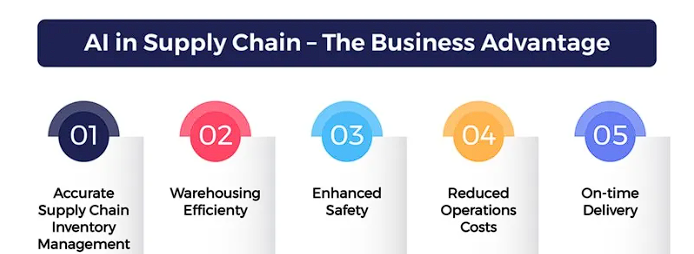
HIGH THROUGHPUT
E-commerce sales channels usually generate a high volume of orders that require piecepicking. This labor-intensive process demands experienced staff with strong decision-making skills to select the proper items.
SCALABILITY
Your business is likely to experience peaks and valleys. Be ready to accommodate fluctuations in online order volume and be prepared for business expansion due to sales growth or new sales channels.


PERSONALIZATION
E-commerce shoppers crave a personal touch. To earn their loyalty, consider offering customization services – engraving products, assembling gift sets, adding inserts, etc.
EFFICIENT RETURNS
Roughly 20 to 30 percent of all online purchases are returned. You need to process returns/exchanges efficiently and cost-effectively and get salable products back in inventory
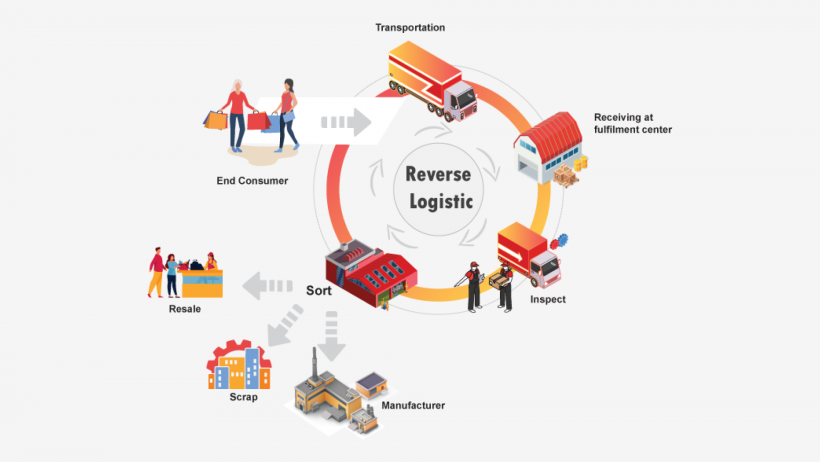
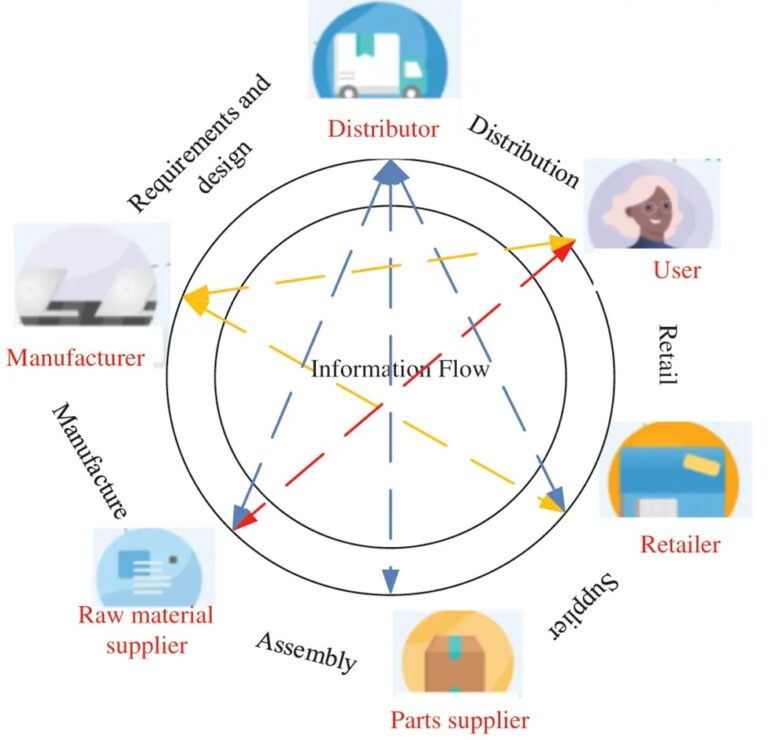
Ways to optimize:-
Optimizing your e-commerce supply chain involves streamlining processes, reducing costs, improving efficiency, and enhancing customer satisfaction. Here are some steps to help you achieve this:
1. Demand Forecasting: Accurate demand forecasting is crucial for maintaining optimal inventory levels. Leveraging historical data and predictive analytics can indeed provide insights into future demand patterns, helping to minimize stockouts and overstocking.
2. Inventory Management: Implementing inventory management software streamlines the process of tracking stock levels and automating reordering. This not only reduces carrying costs but also ensures that orders are fulfilled efficiently.
3. Supplier Management: Building strong relationships with suppliers is essential for securing favorable terms and ensuring consistent quality and lead times. Continuous monitoring and collaboration contribute to a smooth supply chain operation.
4. Warehouse Optimization: Optimizing warehouse layout and utilizing automation technologies like robotics or conveyor systems can significantly improve efficiency in picking, packing, and shipping processes.
5. Transportation Efficiency: Choosing the most suitable transportation modes and employing route optimization software can help minimize costs and delivery times, enhancing overall efficiency in the supply chain.
6. Order Processing: Streamlining order processing with integrated systems reduces errors and accelerates order fulfillment, thereby improving customer satisfaction.
7. Technology Integration: Integrating various systems like ERP, CRM, and WMS enhances data flow and visibility throughout the supply chain, enabling better decision-making and responsiveness.
8. Real-time Tracking: Implementing tracking systems for shipments provides real-time visibility, which is invaluable for monitoring progress, identifying potential issues, and keeping customers informed.
Conclusion
Each of these steps contributes to a more streamlined and efficient eCommerce supply chain, ultimately leading to improved customer satisfaction and profitability. These are some solid strategies for optimizing an eCommerce supply chain. The shift in customer expectations has indeed pushed businesses to rethink their logistics and fulfillment operations. Real-time visibility, speed, and cost control are paramount in today’s competitive landscape.